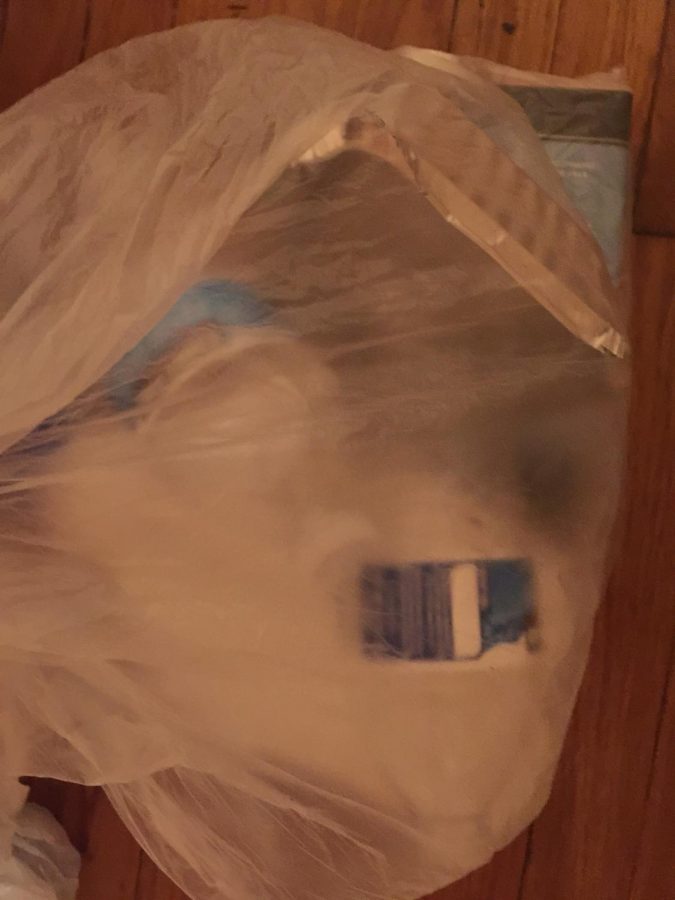Plastic Eating Enzymes: A Possible Solution to the Plastic Waste Problem
Each year, American families produce almost 350 million tons of plastic waste.
A new solution to the plastic waste problem may be afoot in the form of an unlikely ally, a so-called “enzyme-cocktail.”
Plastic is all around us; it makes up our grocery bags, straws, and countless other essential parts of our daily lives. Right now, the most common type of plastic in use goes by the name of PET, which can take hundreds of years to break down naturally. That being said, it is no wonder that there is a rapid buildup of plastic everywhere, with over 380 million tons produced every year.
PETase, the first enzyme used to digest plastic, is nothing new. In fact, it has been around since 2016. On its own, it is around 20% faster at decomposing PET than it normally would. Recently, scientists have combined it with another enzyme called MHETase in order to form a faster and more efficient enzyme.
In fact, simply combining the two enzymes together doubled PET’s breakdown speed, and by fusing the two together, the speed tripled.
PETase could not hope to tackle the plastic pandemic on its own. However, with the help of MHETase, a commercially viable way to reduce plastic in the near future is a realistic possibility. Currently, over 300 million tons of plastic waste are produced annually.
However, we should not be focused on engineering new ways to get rid of plastic without first trying to cut down on the use of plastic in the first place. This new enzyme may be the key to reducing already existing waste in our oceans and landfills, but it is up to us to reduce plastic usage and stem its flow in the future.
Bronx Science students also have a lot to say regarding the ever increasing amount of plastic waste in our environment. “The fact that there exists a trash mound the size of Texas in the middle of the Pacific Ocean is staggering, as well as a testament to people’s hubris and utter stupidity,” said Alfred Shou ’23.
Here, Shou is referring to the Great Pacific Garbage Patch. Although we can only estimate the area, it has been confirmed that the trash island is at least the size of Texas, and it is not getting any smaller.
And while the oceans’ ecosystems suffer greatly for our convenience, in turn, we suffer as well. Ocean life risk entanglement with plastic rings which can be deadly. Fish eat plastic, which is toxic to them, and we in turn eat the poisoned fish. Some food markets have begun the switch from plastic bags to paper ones, encouraging the use of reusable shopping bags instead. One example of this is the coffee chain Starbucks, which introduced strawless lids as well as paper straws in select markets nationwide.
This could help the climate change effort as well; with a way to recycle plastic infinitely, we could be one step closer to solving climate change. The combined efforts of the enzyme and a decrease in the use of plastic could be the start of a plastic free world. For all of these reasons, we should begin the switch from plastic to more eco-friendly substances, such as paper, or use reusable products like metal straws and water bottles. We cannot rely on others to take the first step in saving the planet; rather, it is up to us as individuals to make the change.
This new enzyme may be the key to reducing already existing waste in our oceans and landfills, but it is up to us to reduce plastic usage and stem its flow in the future.
Marina Tiligadas is a Staff Reporter for 'The Science Survey' where she seeks to inform and spread awareness of current events. Outside of school, Marina...











